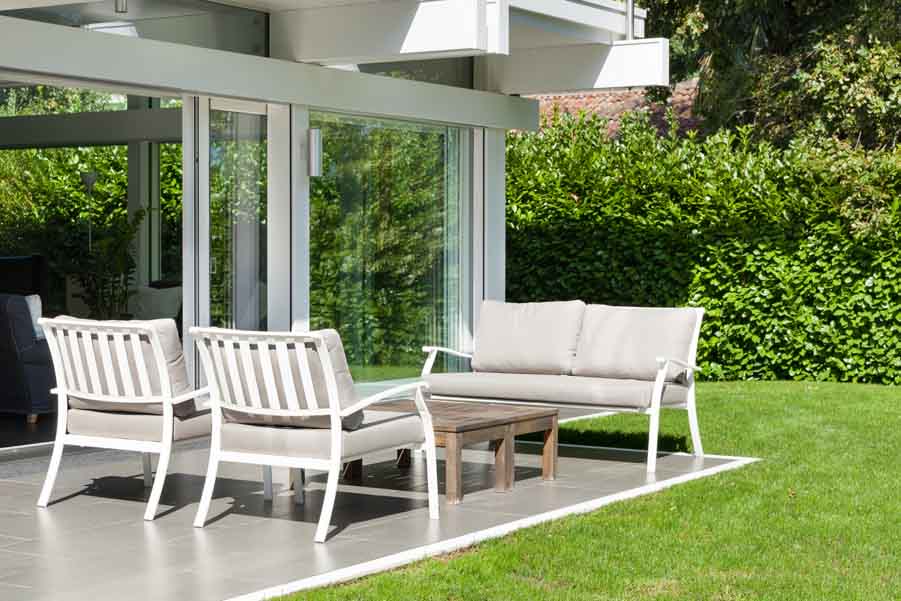Almost everyone have been talking about the benefits and how essential oils have impacted their lives. Even if they offer benefits that make people happy, they also contain potent chemicals that might harm you in the long run. The multi-level marketing of essential oils is rising and with the help of social media and other forms of selling tools, essential oils are known to cure eczema and migraine. Don’t get me wrong, essential oils have a lot of properties that are very therapeutic and even medical evidences to support the facts. Keep in mind that even if they are extracted from plants, it doesn’t mean you shouldn’t be wary of them at all. You can buy the best aromatherapy diffuser to spread the scent.

Stop skin discoloration and sores that burn
There are certain kinds of essential oils that can cause you to get burned under sunlight. Before you spend a day outdoors or make a trip to the beach, do not apply any photosensitizing oil to your skin. When your skin reacts, there can be discoloration and you will feel some burns. Examples of photosensitizing oils are Bergamot oil, Lemon essential oil, Lime essential oil, and Cumin essential oil.
Keep the away from small pets
Essential oils are totally dangerous for pets so do not allow them to be in close contact with your pets. Only large animals can withstand the effects of essential oils and ask the vet for instructions on how to use them that will not harm your pets.
Essential oils are not totally good for pregnant and nursing women
Essential oils have an effect on the hormones, gut bacteria, and other health aspects. You should take extra care in using essential oils if you are pregnant or nursing. There are signs showing that essential oils can penetrate the placenta and reach the baby. Essential oil effects can be compounded in utero and extreme care which should be taken with essential oils while someone is pregnant. Read more










